




A Hydraulic Cross Cutting Blade is a critical component used in various industrial processes for precise cutting of materials, particularly in applications involving sheet metal, paper, plastic, textiles, and other similar materials. These blades are typically integrated into cross-cutting machines, where they operate under hydraulic pressure to deliver clean, accurate cuts in high-volume production environments.
The hydraulic cross cutting blade operates within a machine that uses hydraulic pressure to control the movement and force of the blade. When activated, hydraulic fluid is pumped into a cylinder, creating pressure that drives the blade downward (or in a specified direction) to cut the material. The hydraulic system allows for precise control over the blade's speed, force, and positioning, ensuring that each cut is clean and consistent.
The cutting action is generally performed perpendicular to the material's feed direction, which is why it's referred to as "cross-cutting." This method is particularly useful in applications where materials need to be cut to specific lengths, such as in the production of sheet metal panels, paper products, or textile rolls.
Precision Cutting: Hydraulic cross cutting blades offer superior accuracy, making them ideal for applications requiring high precision, such as in the automotive, packaging, and electronics industries.
High Cutting Force: The hydraulic system provides significant force, allowing the blade to cut through tough or thick materials with ease.
Versatility: These blades can be used to cut a wide range of materials, including metals, plastics, textiles, and paper, making them versatile tools in manufacturing processes.
Adjustable Parameters: Hydraulic cross cutting machines often feature adjustable parameters, such as cutting speed, blade pressure, and cutting length, allowing operators to fine-tune the process according to specific material requirements.
Durability: Made from high-strength steel or carbide, hydraulic cross cutting blades are designed to withstand the stresses of industrial use, providing long service life and consistent performance.
Hydraulic cross cutting blades are used across a variety of industries, each with its unique set of requirements:
Metalworking: In metal fabrication, these blades are used to cut sheets and plates of various metals, including steel, aluminum, and copper. The precision and force provided by hydraulic systems ensure clean, burr-free cuts, which are essential for subsequent manufacturing processes.
Packaging Industry: Hydraulic cross cutting blades are essential in the packaging industry for cutting materials like cardboard, plastic films, and paper. The ability to adjust cutting parameters allows for the production of packaging materials in different shapes and sizes.
Textile Industry: In the textile industry, these blades are used to cut fabrics and non-woven materials. The precision of the hydraulic system ensures that each cut is accurate, reducing material waste and ensuring consistency across batches.
Plastics Manufacturing: In the production of plastic sheets and films, hydraulic cross cutting blades provide clean, precise cuts, essential for products like packaging films, liners, and other plastic components.
High Efficiency: Hydraulic cross cutting machines can operate at high speeds, making them ideal for high-volume production environments where efficiency is critical.
Consistent Quality: The precision and control offered by hydraulic systems ensure that every cut is consistent, reducing material waste and ensuring high product quality.
Reduced Operator Fatigue: The automation and hydraulic power of these machines reduce the need for manual effort, leading to less operator fatigue and higher productivity.
Enhanced Safety: Hydraulic cross cutting machines often come equipped with safety features such as automatic shutdown, blade guards, and emergency stops, ensuring a safer working environment.
Proper maintenance of hydraulic cross cutting blades is essential to ensure their longevity and performance:
Regular Inspection: Inspect the blade and hydraulic system regularly for signs of wear or damage. Replace the blade if it becomes dull or chipped.
Hydraulic Fluid Maintenance: Ensure that the hydraulic fluid is clean and at the correct level. Regularly change the fluid according to the manufacturer's recommendations to prevent system contamination.
Blade Sharpening: If the blade becomes dull, it should be sharpened or replaced to maintain cutting precision.
System Calibration: Periodically calibrate the cutting machine to ensure that the hydraulic system and blade are operating at optimal levels.
Hydraulic cross cutting blades are indispensable tools in various industrial processes, offering precision, efficiency, and versatility in cutting a wide range of materials. Their ability to deliver consistent, high-quality cuts makes them a preferred choice in industries such as metalworking, packaging, textiles, and plastics. With proper maintenance and care, these blades can provide reliable performance and long service life, contributing to the overall efficiency and quality of manufacturing operations.
Please contact Shinite to find more details, we will do our best to help you








Fastest
Installation

Top-Notch
Equipment

24/7 Customer
Support

100% Secured
Payment
